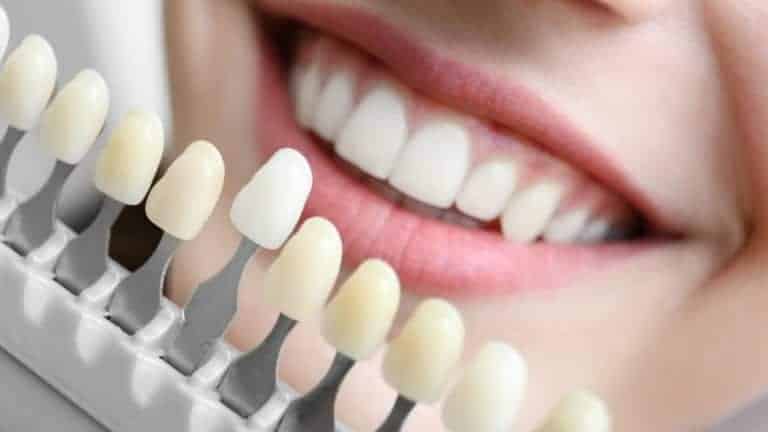Dental implants were invented by a Swedish orthopedic surgeon named Per-Ingvar Branemark in 1952. Today, they are considered the preferred standard for prosthetic replacement of teeth in dentistry. Having a dental implant bound to the jawbone is the nearest thing to having a natural tooth because of its ability to stands on its own without deteriorating the neighbouring teeth. The majority of dental implants are produced from titanium, which allows integration to the bone without being our bodies recognize it as a foreign object. Over time, science and technology have combined to master the techniques of implant dentistry. Today, the success rate for dental implants is close to 98%.
The Impact Of Implants
With close to a 98% success rate, one can imagine that implant dentistry today has a huge patient market across the nation. What’s even more convenient is that you don’t have to be a dental implant specialist in order to place implants surgically; general dentists are known to routinely place more dental implants than most specialists. Worldwide, the average oral surgeon or periodontist places 200 implants per year, while the average general dentist places 350 implants per year. Despite these impressive stats, only about 10% to 15% of general dentists in North America place dental implants. Here’s a list of reasons why every dentist should be adding implant dentistry into his practice.
Almost Everyone Loses Teeth
Approximately 180 million adults in the United States have lost at least one tooth, and more than 40 million adults are completely edentulous.[1]The only obstacle preventing these patients from getting dental implants is the shortage of dentists in their respective areas providing the form of therapy at an affordable price. Compared to other forms of therapy, such as bridges or dentures, implants are recognized for their durability by stimulating and preserving natural bone growth. Additionally, patients will be more inclined to go with the implant option because they require the least amount of maintenance while also maintaining a natural look and feel. Although bridges may initially seem like the more affordable option, they require periodic replacement and damage natural teeth adjacent to the bridge.
Doing Implants Is Easier Than You Think
Another reason why implant dentistry does not seem appealing to dentists is that they may view everything related to implant dentistry as expensive and time-consuming. The truth is, if you are capable of removing tooth from bone, you already possess nearly the full amount of knowledge and skill needed to place a Level-I dental implant. Many dental implants every year are placed without the use of CBCT [Cone Beam Computed Topography] or guided surgery. Therefore, there is no reason for any dentist to view dental implant education as a luxury that can’t be afforded. Furthermore, the AAFE [American Academy of Facial Esthetics] has worked collaboratively with STATDDS in their efforts to reduce the initial investment towards implant dentistry to less than $7,500.[2]This allows dentists who are interested in growing their practice to begin placing dental implants while preserving their capital and income.
Watch: Successful Implant Solutions
What’s Stopping You?
All dentists can and should be an implant dentist; this cannot happen if we continue to accept the obstacles that have dentists lack the resources and knowledge to become one. Here, at Keating Dental Lab, we have been constant supporters of doctors continuing their education in the industry and growing their practice to its maximum potential. If you are not already practicing implant dentistry, we hope that by the end of this post, you will better understand that you already have the skills and assets needed to successfully place dental implants and encourage you to grow your practice.
For more information on Dental Implants, check out our latest podcast interview with Dr. Michael Colleran:

![]()
![]()
![]()
![]()
[1]Dental Implants Facts and Figures. American Academy of Implant Dentistry website.
[2]Exposing Implant Dentistry Myths. Dental Economics website.












